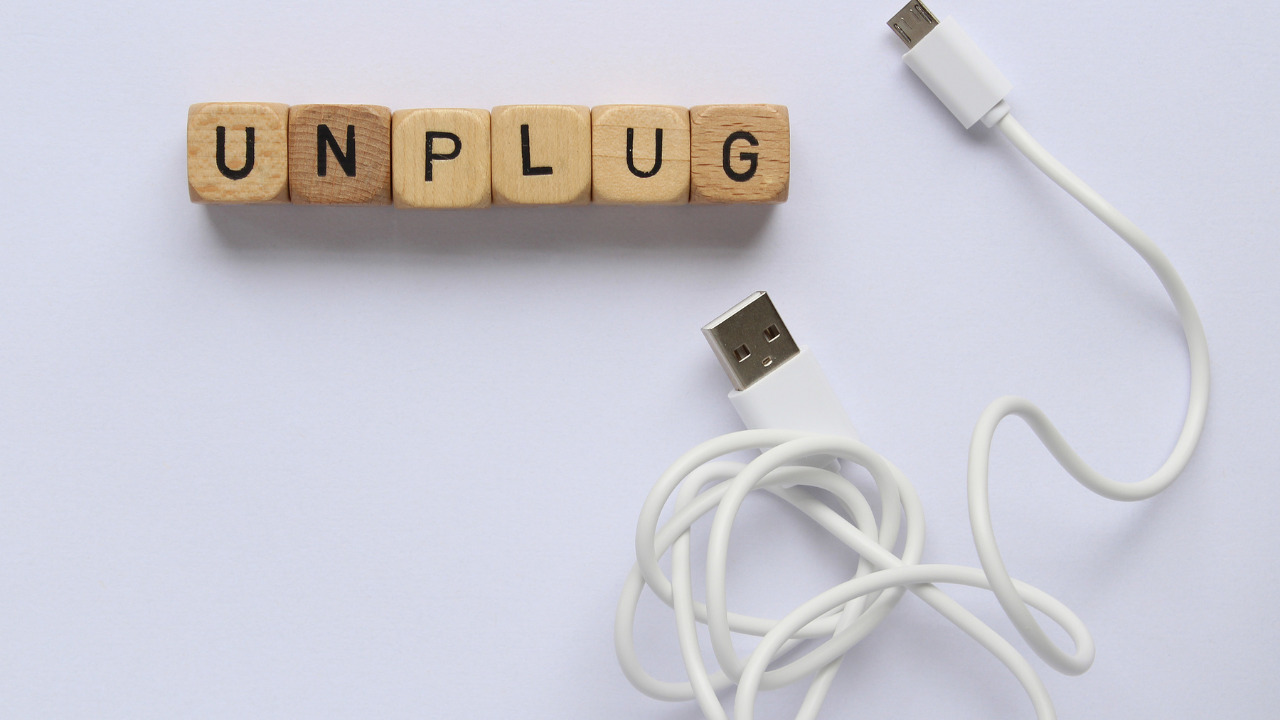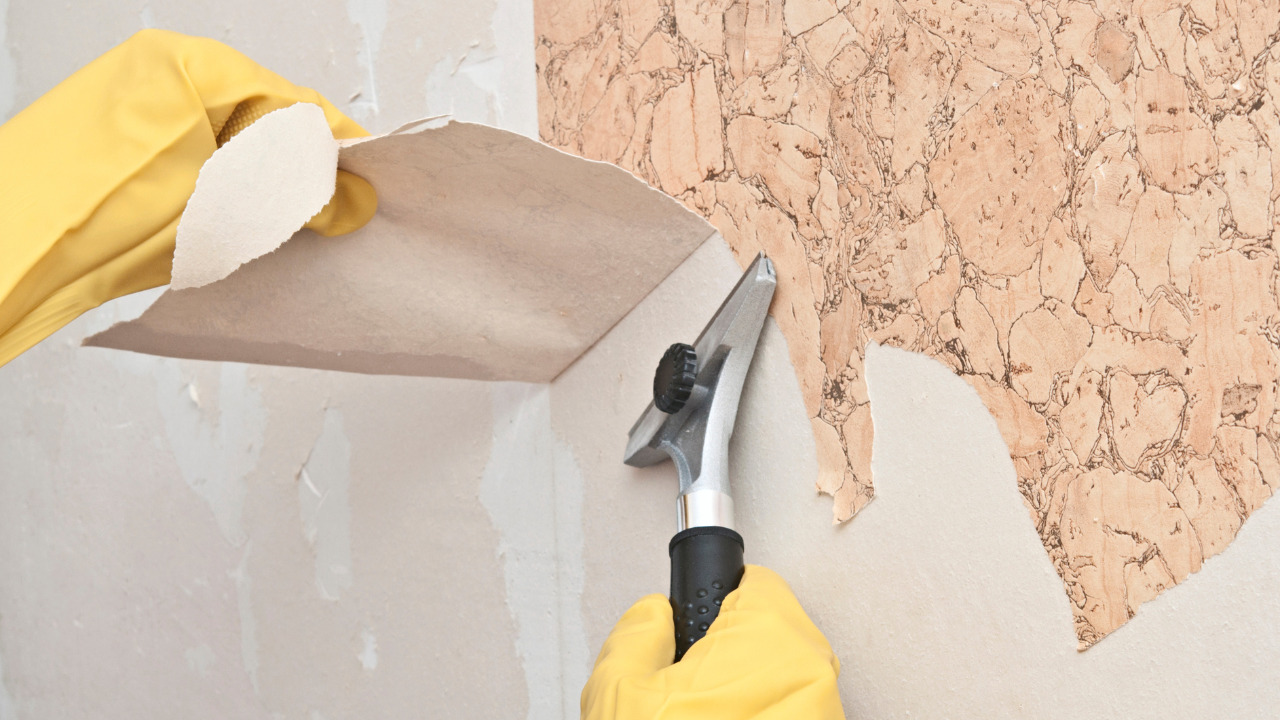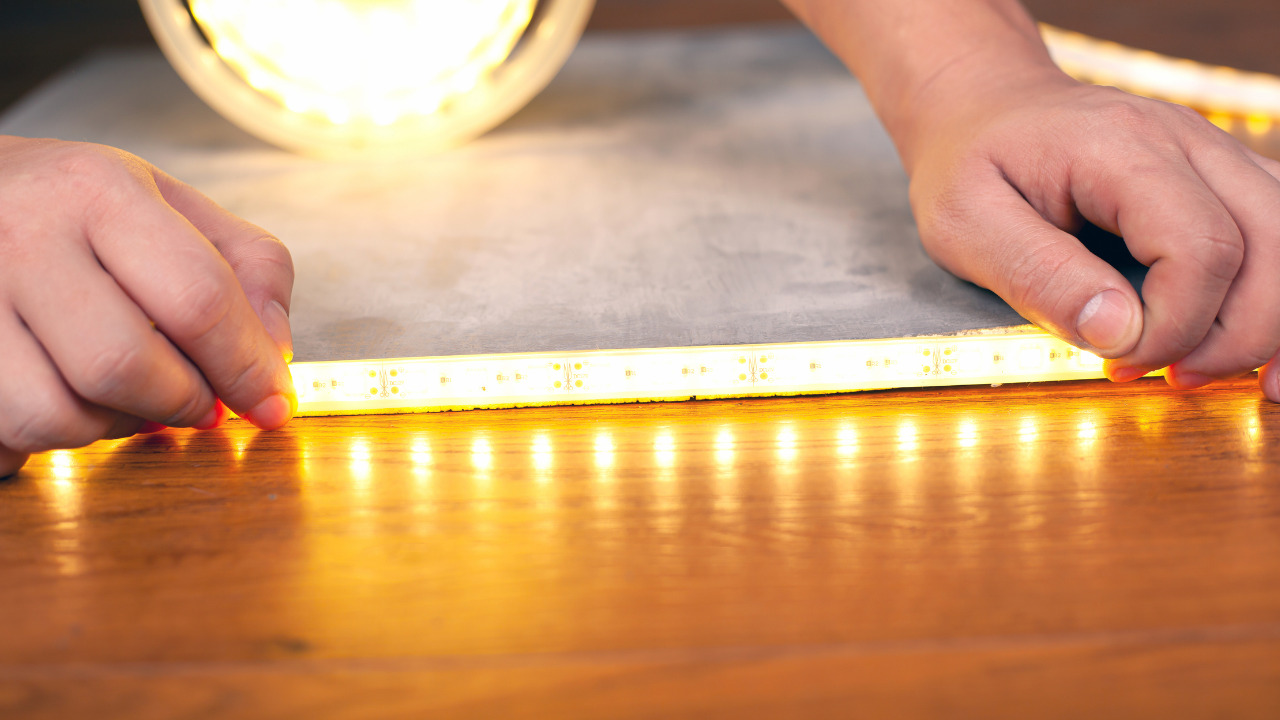LEDs are adhered to one another using a hairdryer as they absorb heat. This will soften and streamline its construction. When LEDs are utilized in excess, enamel degradation may become a problem. Use the hairdryer on hand if you want your hair to be blow-dried for two minutes.
A potential answer to this problem seems to be LED strip lights. They are potent enough to alter space and give it a cozier atmosphere. When it’s time to move out, they have been removed thanks to their adhesive, semi-permanent nature.
The gist of the response is probably won’t. In some unlikely events, they might. However, there are several preventive steps you can take to lessen the likelihood that it will occur.
Table of Contents
Steps To Remove LED Strip Lights Without Damaging Paint
Unplug Strip Lights
Start by disconnecting each LED from the power supply. When working with live wires, safety must always come first.
Heat-Up The Adhesive
Start heating the LED strip light’s adhesive using a hairdryer. This softens the glue and makes it simpler to remove. No more than two minutes should be spent heating the strips. If not, it might lead to lumen deterioration.
Start Removing Strip Lights From the Edges
Starting at the edge or corner, take off the LED strip light. To make removal easier, insert a flat, dull instrument like a credit card or butter knife. Now, carefully remove the LED light strip from the wall using wiggling a butter knife or credit card. Start by gradually removing the strip from the surface while you are doing so.
Remove Leftover Adhesive From The Wall
Rub your thumb over any tacky, persistent adhesive residue still adhered to the wall in a circular motion. Most of the time, lightly exerted pressure would be appropriate for removing the residue. Use a gentle cleaning solution that won’t harm your wall paint if this doesn’t bode well.
Be patient and follow the steps as they are described. Most adhesives can be used with this method. However, there may be some exceptions. For latex-painted walls, the rubbing alcohol approach works well. With no harm to the walls, it assists in breaking down the adhesive of the LED strip lights.
LED Strip Lights With 3MM Backing Are The Best!
Your LED strips, whether they are single-color or multi-color, almost certainly all come with feature 3M adhesive on the back. The most resilient tape available is 3M, the industry adhesive standard. This is due to the high-performance acrylic used in its construction.
This acrylic has several different uses, to put it simply. It acts both like an elastic solid and an extremely viscous liquid. The term “viscoelasticity” refers to this quality. Thanks to its viscoelastic properties, the 3M adhesive can flex into surface ridges and imperfections. When applied, it creates a solid binding.
It loses stickiness and has trouble adhering to shiny or oily surfaces. It doesn’t react well to dampness and humidity. Therefore, 3M has its share of issues. These shortcomings compel people to act independently. In other words, by sticking LED strip lights with their adhesives.
When Do LED Strip Lights Damage The Paint?
This is likely one of the main concerns an owner of LED strip lights has. Sadly, there isn’t a straightforward response to this issue because it will rely on various things.
The paint quality applied to the wall’s surface is one of the most significant reasons paint peels off when LED strip lights are taken down. Like everything else, paint is available in many types and qualities.
Strong adhesives to remove LED lights will leave a mark on delicately painted walls. Peeling may also occur if the paint on your wall is really old. Remember that the light strip adhesive will become a part of your freshly painted wall during the drying phase if you have recently painted a wall.
It will take some time for the binding between the paint and the strip lights to get strong enough to outweigh the bond between the paint and the wall. The surface that the paint was put on is another factor to consider.
LED lights may cause harm to your wall if the wall wasn’t well cleaned and had dust on it when the paint was put.
How To Remove LED Strip Lights Without Damaging Paint?
LED light strips’ adhesive backings can be warmed and moistened by removing them from the wall and re-sticking them. You won’t damage the wall paint in this way. Apply a substantial amount of adhesive to the back of the light strip after mounting it to another surface.
Once more, it relies on the kind of paint and the tensile strength of the adhesive backing for the LED. There are many distinct aspects involved in this. To put it simply, you must determine how delicate your paint is.
Paint ages and gets increasingly brittle with time; it is not indestructible. Therefore, it is more possible that the LED strips will cause the paint on the wall to for a while to peel off. Sadly, fresh paint isn’t the ideal solution either. LED strips will contribute to the drying process if they are used on freshly painted walls.
Sadly, there is more to it than that. You should consider the quality of your painting. If applied to dusty, rusted, unprime, or filthy walls, your paint would be compromised.
The strength and susceptibility of your paint job to harm from LED strip lights will be significantly reduced. Even though some paint is missing, the wall will remain pristine.
Remove All Debris From The Wall After Removing the Lights
Make small circular motions with your thumb to remove any remaining tacky adhesive residue from the wall. The residue can usually be collected with a little light pressure. If this does not remove the glue, dab a rag with a citrus-based hand cleaner and massage back and forth.
Are LED Strip Lights Safe To Use On Wallpapers?
The requirements for interior design are constantly evolving, whether you intend to change your décor or repaint your walls. Something you adore today might not be as captivating in a few years. So, the procedure would differ based on the surface it was on if you decided to remove the LED strip light.
When you remove the LED strip light, a wooden, plastic, or tiled wall should be acceptable. They won’t harm the wall and will come off easily. wipe away any remaining adhesive residue with a fresh towel if there is any. The issue appears when your LED strip is placed on bare drywall painted or wallpapered over.
They are quite susceptible to injury since they comprise several delicate layers. Simply put, your wallpaper is decorative paper. With its tight attachment to the surface, a powerful adhesive would immediately tear it off.
Bottom Line
Compared to other forms of colored illumination, LED strip lights are more affordable. In addition to being widely available, they are also simple to use. It also has the added benefit of being simple to redesign and move. As a result, the user can install LED lights for a set amount of time and then quickly take them down.
Those who rent flats and like to modify their ambiance occasionally find LED strip lights a lifesaver. However, the same utility may also have some unintended side effects. If you are concerned that you will damage the wall, try placing a 3 MM tape in a hidden area, like a corner or behind some furniture.
If you remove the tape using the procedure above and notice a mark, the paint may not have been of high quality; in this case, you might wish to avoid using the lights. The strips may be used wherever you like if there are no marks.












